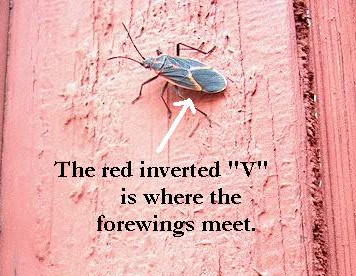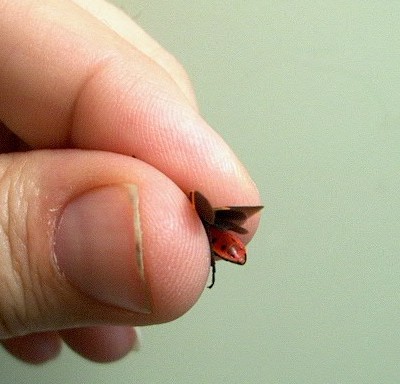All animals that inhabit this area, including humans, have to cope with the changing of the seasons. There are four basic responses to the cooler temperature and shorter daylight. Which is your favorite strategy for surviving the winter?
Do you eat more food during this time of year, loading up on high calorie goodies? You may be a Snacker. It is a natural instinct. You are like the squirrels, rabbits, and some birds that fatten up and keep going all winter long.
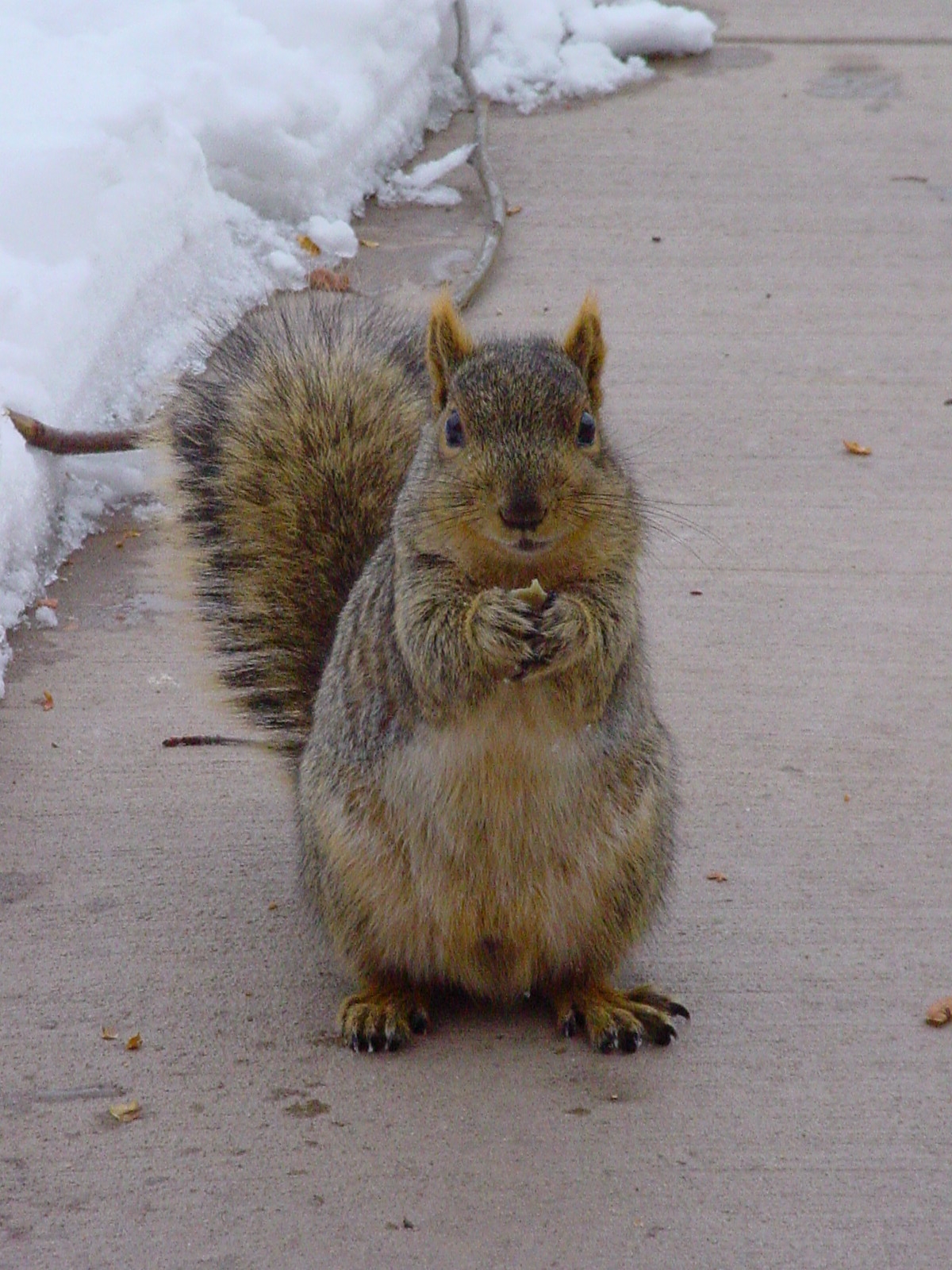
Do you travel to warmer climates during the winter? Wings are not required to be a Flapper. Count yourself in the company of warblers, monarch butterflies, and herons if you leave the area in winter. You may be migrating to escape the cold, but these animals are generally traveling to find more plentiful supplies of food.
Do you become sleepy and hibernate for four or five months every year? Then you are a Sleeper, like a bear, turtle, or frog. These animals undergo physical changes that shut down their respiratory systems and metabolism during the winter. You are probably not a true sleeper, even if it sounds appealing.
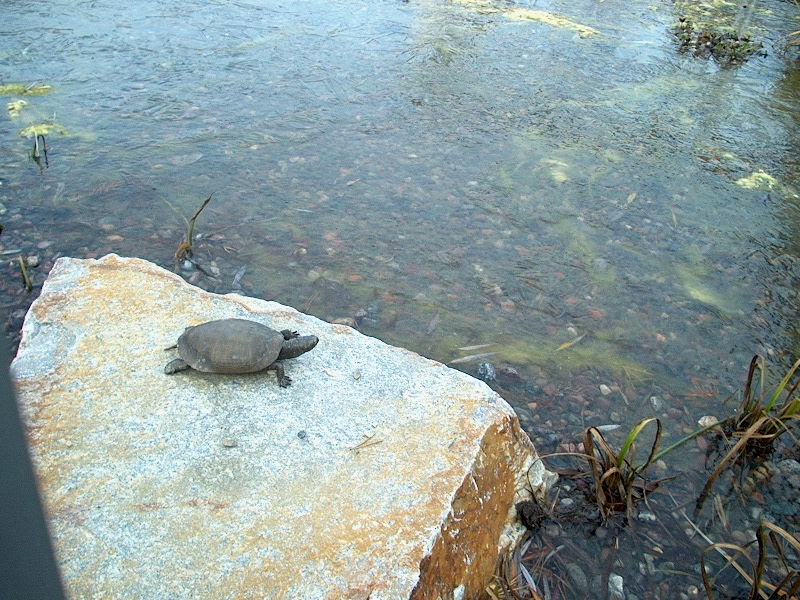
If you are prone to feeling tired and sleeping more in the winter, then it’s more likely that you are a Napper. Animals like skunks and opossum cozy up in burrows or under deep piles of leaves and sleep. Occasionally they emerge, find something to eat, and then go back to bed.
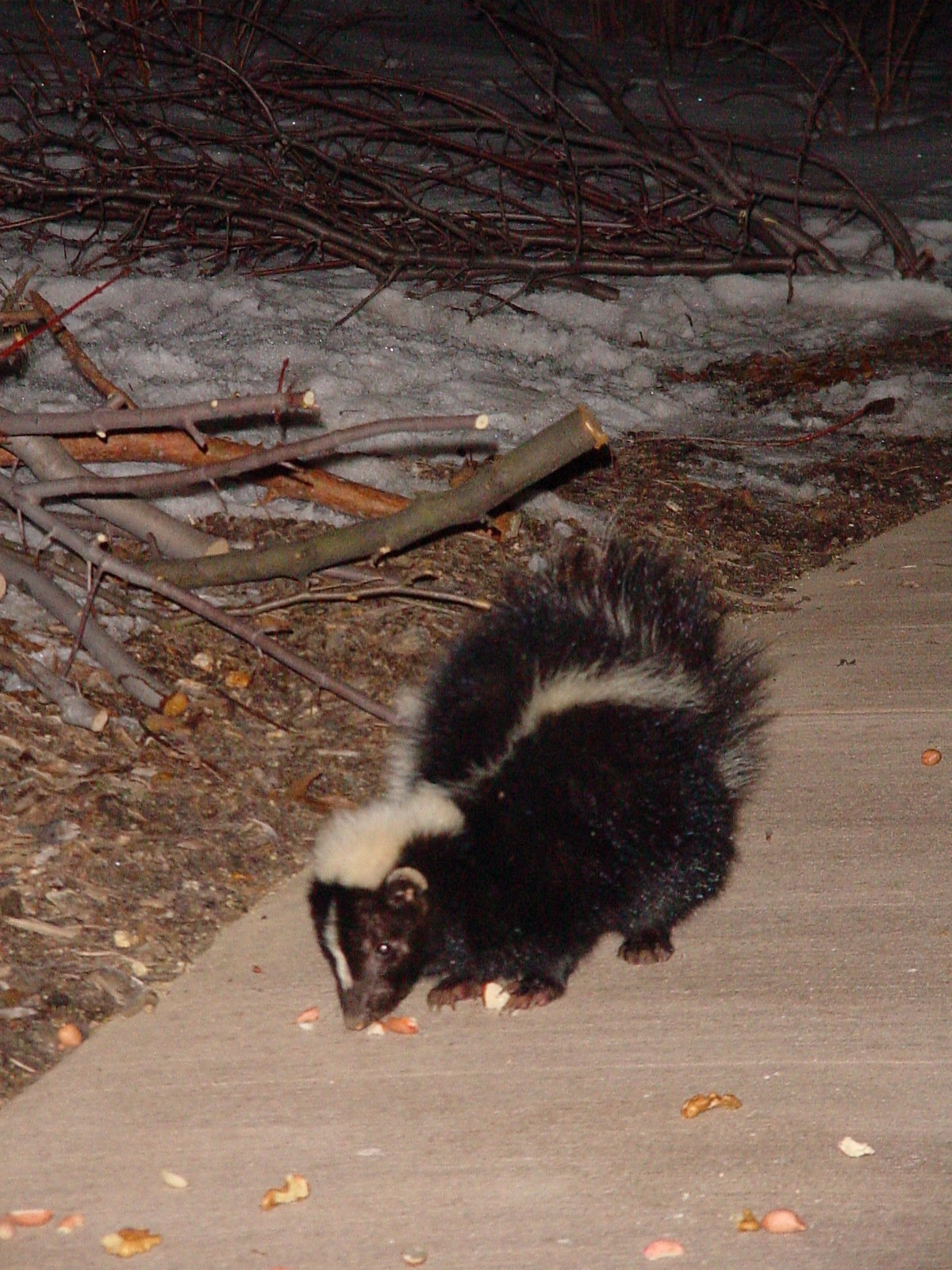

Snacker, Flapper, Sleeper, Napper — try to say that three times fast as you prepare for another midwestern winter!
©2012 Chicago Botanic Garden and my.chicagobotanic.org

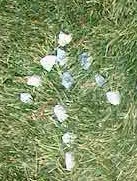
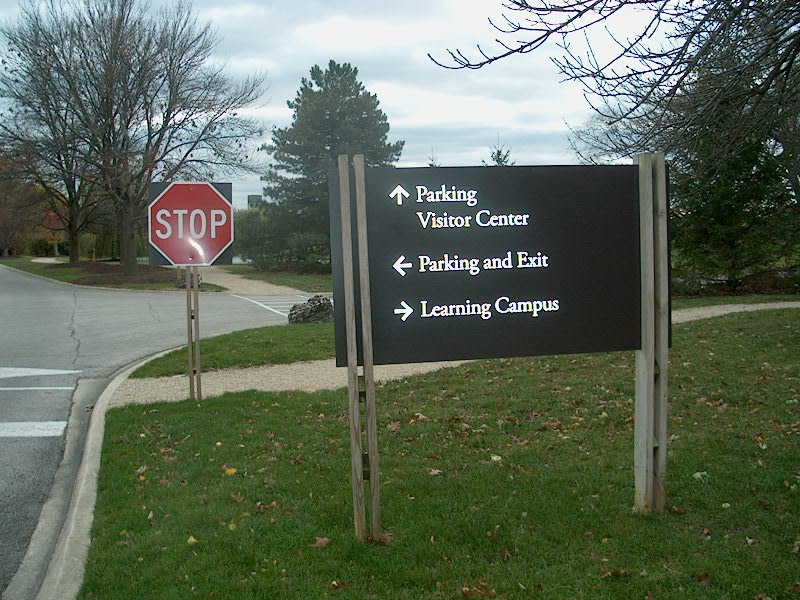
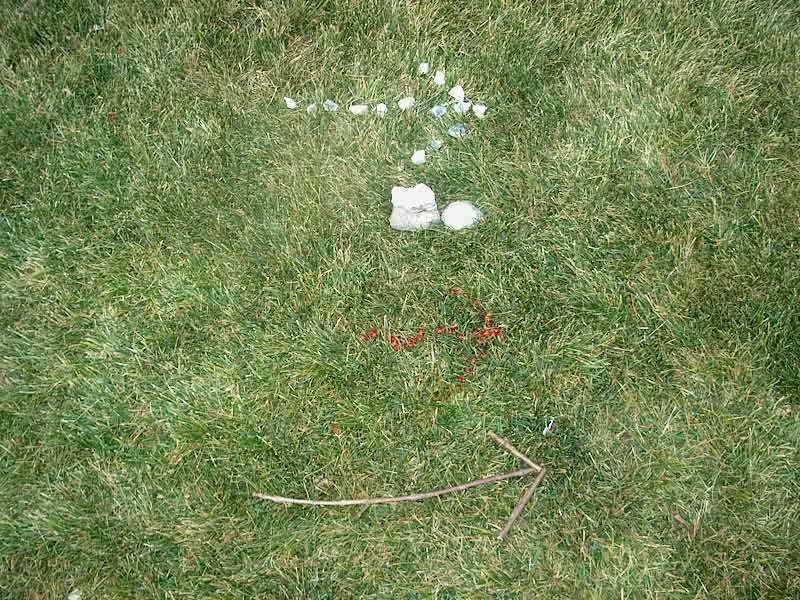
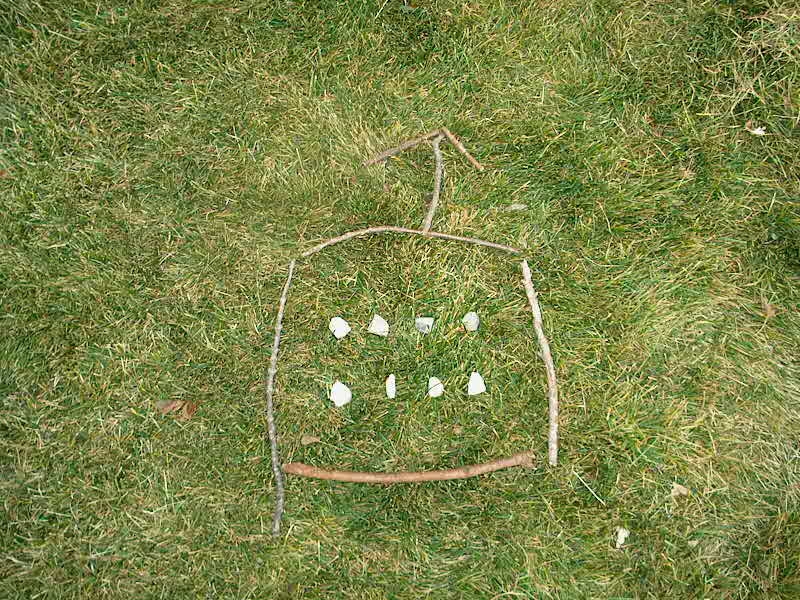
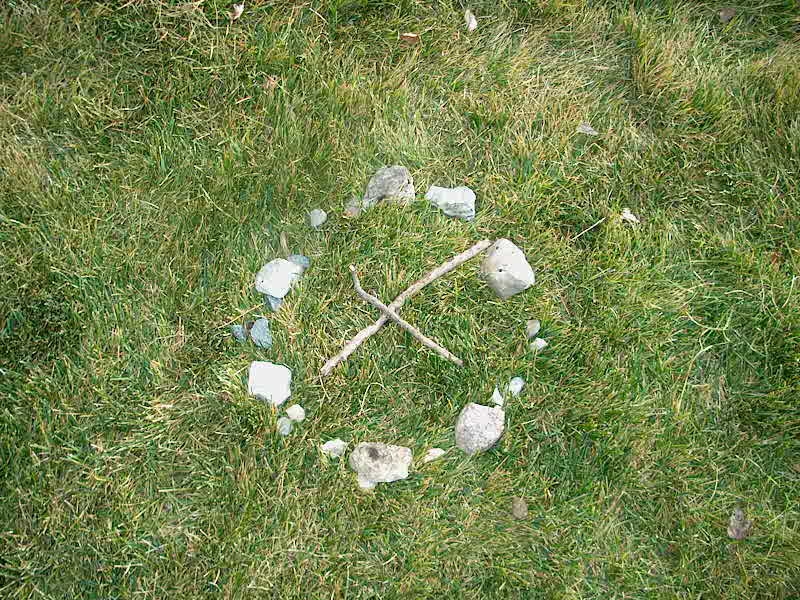
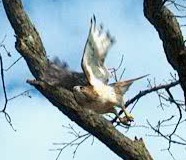
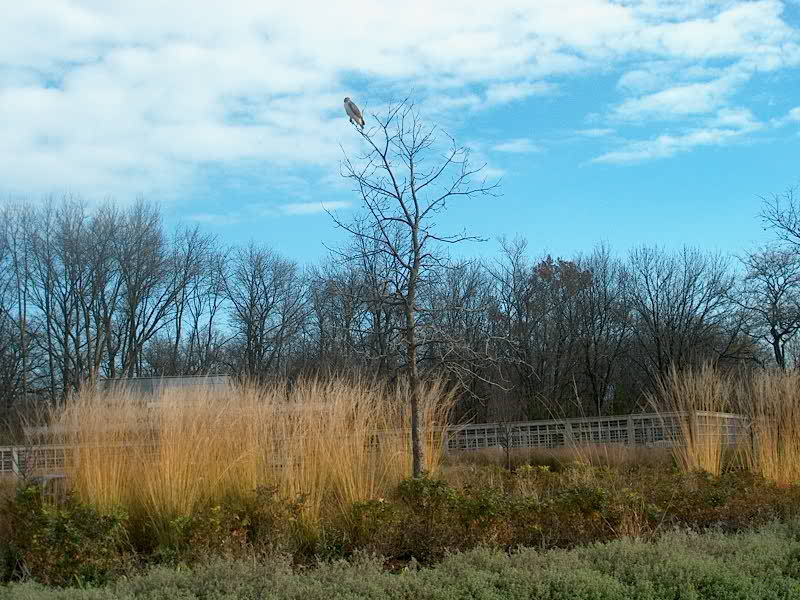
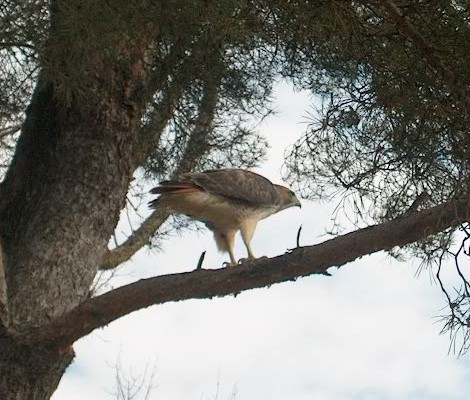
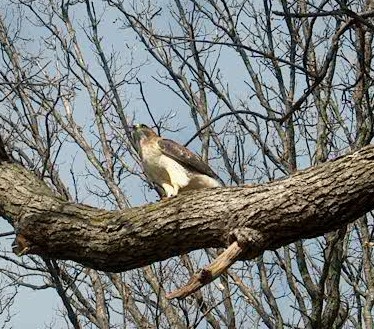
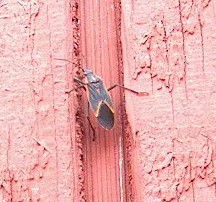
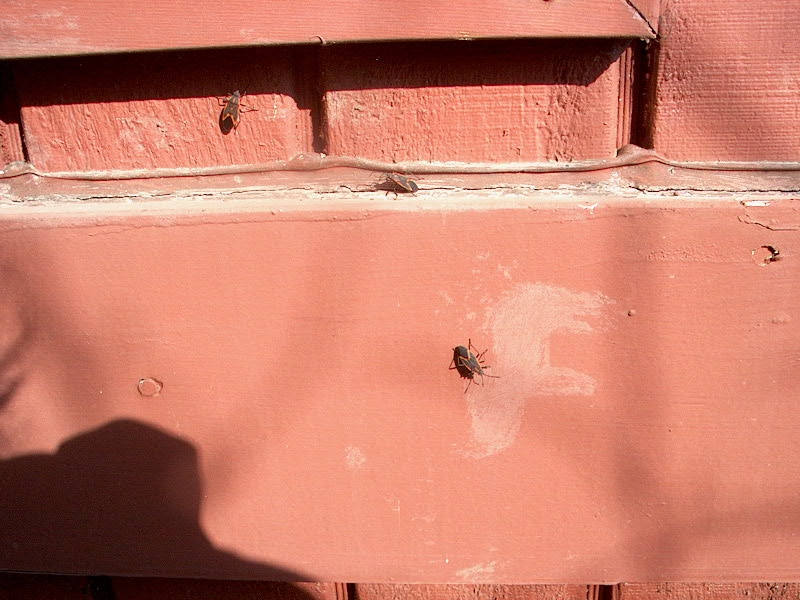 They’re all over the Learning Center and maybe around your house, too. They are boxelder bugs, and although they are a nuisance, they are harmless.
They’re all over the Learning Center and maybe around your house, too. They are boxelder bugs, and although they are a nuisance, they are harmless.